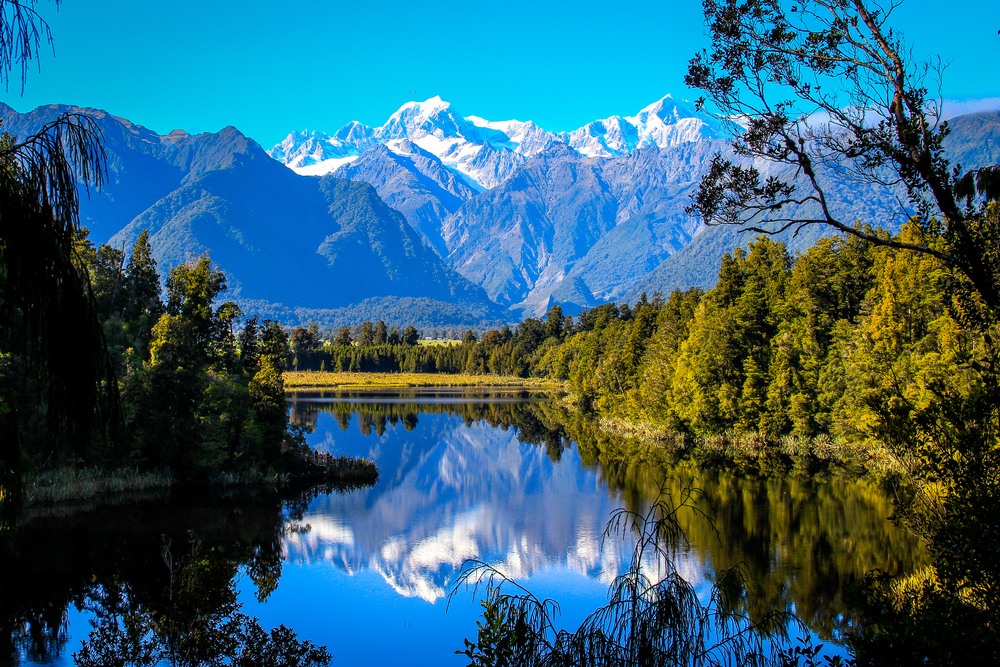Aoraki Mount Cook Overview
Aoraki/Mount Cook National Park, situated in the South Island of New Zealand, is a majestic landscape dominated by the Southern Alps and home to the highest peak in the country, Aoraki/Mount Cook. Spanning approximately 707 square kilometers (about 273 square miles), this park was established in 1953 and is part of the Te Wahipounamu World Heritage area, recognized for its outstanding natural beauty and geological significance.
Located within the Mackenzie Region, Aoraki/Mount Cook National Park is characterized by its dramatic mountain scenery, extensive glacier systems, and alpine landscapes. The park’s centerpiece, Aoraki/Mount Cook, stands at a towering 3,724 meters (12,218 feet), making it a beacon for mountaineers from around the globe. The park encompasses 19 peaks over 3,000 meters (9,842 feet), offering challenging climbs and breathtaking vistas.
The park’s diverse ecosystems range from lush rainforests at lower altitudes to alpine vegetation and permanent snow and ice fields at higher elevations. This unique environment supports a variety of flora and fauna, including several endemic species adapted to the harsh alpine conditions.
Aoraki/Mount Cook National Park is a haven for outdoor enthusiasts, offering a wide range of activities such as hiking, mountaineering, skiing, and scenic flights. The park features several well-marked trails, including the popular Hooker Valley Track, which provides stunning views of Aoraki/Mount Cook and access to beautiful glacial lakes and rivers.
The park also holds great cultural significance for the Ngāi Tahu iwi (tribe), with Aoraki/Mount Cook considered a sacred ancestor. The name Aoraki, meaning “Cloud Piercer” in the Māori language, reflects the deep spiritual connection between the land and its indigenous people.
Aoraki/Mount Cook National Park invites visitors to experience the awe-inspiring beauty of New Zealand’s alpine environment, offering a chance to explore its rugged landscapes, learn about its geological history, and appreciate the cultural heritage that makes this area unique.

























































































